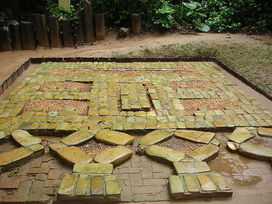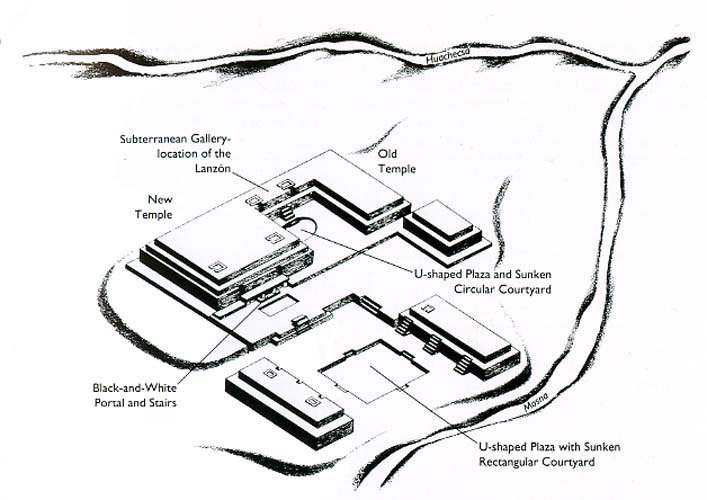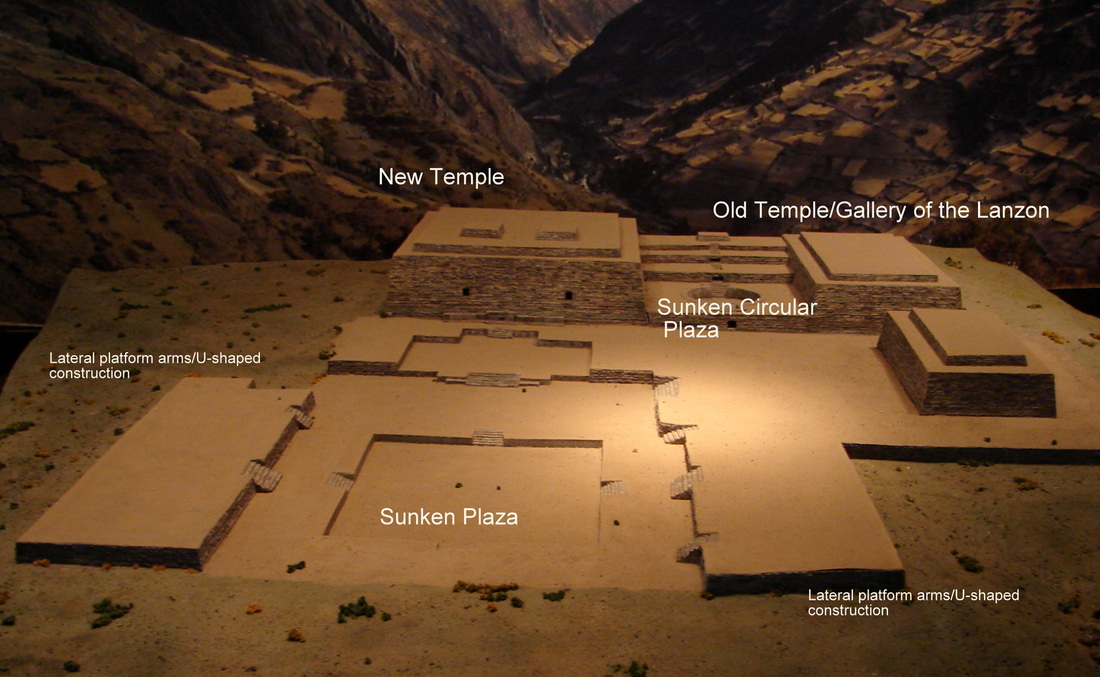Olmec's Architecture
What is the Great Pyramid?
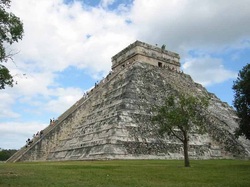 Great Pyramid
Great Pyramid
The Olmecs were the first civilization to build pyramids. The pyramids that they built resembles volcanoes, and was thought that they practiced a volcano cult. The "Great Pyramid" was the largest Mesoamerican structure of its time.Even today, after 2,500 years of erosion, it rises 34 meters above the naturally flat landscape.
What is "Complex A"?
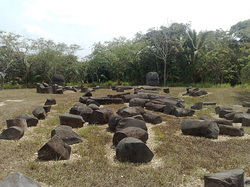 Mounds
Mounds
Complex A is a mound and a plaza group located north of the great pyramid. The center line of Complex A is originally oriented to the North, which means that the Olmecs had some knowledge about astronomy. Beneath the mounds and plazas were offerings and other buried objects from the Olmecs including jade, polished mirrors made of iron-ores, and large serpentine blocks from "Mass offerings". Also in Complex A, there are three rectangular mosaics each roughly 4.5 by 6 meters. The mosaic consist of more than 485 blocks of serpentine,and the blocks were arranged horizontally to form what has been variously interpreted as an Olmec motif, the Olmec Dragon, a very abstract jaguar mask, a cosmogram, or a symbolic map of La Venta.
Olmec's Art
What are the colossal heads?The most recognized aspect of the Olmec civilization are the enormous helmeted heads.The Olmec used basalt to make the colossal heads, and The size of these heads ranged from 5 feet to 11 feet tall.The heads used to be thought as ballplayers, but now these heads are considered portraits of rulers as ballplayers. Infused with individuality, no two heads are alike and the helmet-like headdresses are adorned with various elements, suggesting personal or group symbols.
The Importance of ArtThe Olmecs must have had a high regard for art, for many cave paintings & huge stone sculptures have been found, along with jade artifacts & statues. Typical Olmec art featured jaguars, thick-lipped soldiers and goatee-bearded men and often a combination of jaguar and children. Olmecs believed themselves to be descendants of the Jaguar, the animal which they held in very high esteem, often featuring in religious ceremonies. Also the Colossal heads provide proof that the elite had some control over the lower classes because the construction was extremely labor-intensive. Other features similarly indicate that many laborers were involved. As for the sculptures,the Olmec used wood, basalt and jade to make the statues. |
|
Chavin's Architecture
What is the "Old Temple"?
The construction of the "Old Temple" took place during the 900-500 B.C.E in Chavin de Huantar. The temple is composed primarily of passageways built around a circular courtyard, and contains obelisks, stone monuments with relief carvings depicting jaguars and caiman.
What is the "New Temple"?
The new temple is constructed between 500-200 B.C.E. The temple is also based on a gallery and plaza designs containing many sculptures. The new temple was created with similar patterns as the old temple, but much larger.The renovations enlarged the site considerably and added a rectangular plaza. The main objective of the renovations is to enable more people to gather in one place, as the site in general expanded.
The construction of the "Old Temple" took place during the 900-500 B.C.E in Chavin de Huantar. The temple is composed primarily of passageways built around a circular courtyard, and contains obelisks, stone monuments with relief carvings depicting jaguars and caiman.
What is the "New Temple"?
The new temple is constructed between 500-200 B.C.E. The temple is also based on a gallery and plaza designs containing many sculptures. The new temple was created with similar patterns as the old temple, but much larger.The renovations enlarged the site considerably and added a rectangular plaza. The main objective of the renovations is to enable more people to gather in one place, as the site in general expanded.
Chavin's Art
|
What is the Tello Obelisk?
The Tello obelisk is a granite monolith from Chavin de Huantar. Its features makes it the most complex stone carving in the Americas at that time. The creation of the stone was about the Chavin's cosmological myth. What are the importance of the Arts? The art which they created shows what kind of lifestyle the Chavins had. The potteries that they made had features such as mussels and fish, which indicates that they had relationships with other distant communities. They only made or drew creatures found in other regions, and never in their own region. Religious aspects also conclude in the creation of the many arts. It explains the creation myth, and the leaders which they had. |
|
